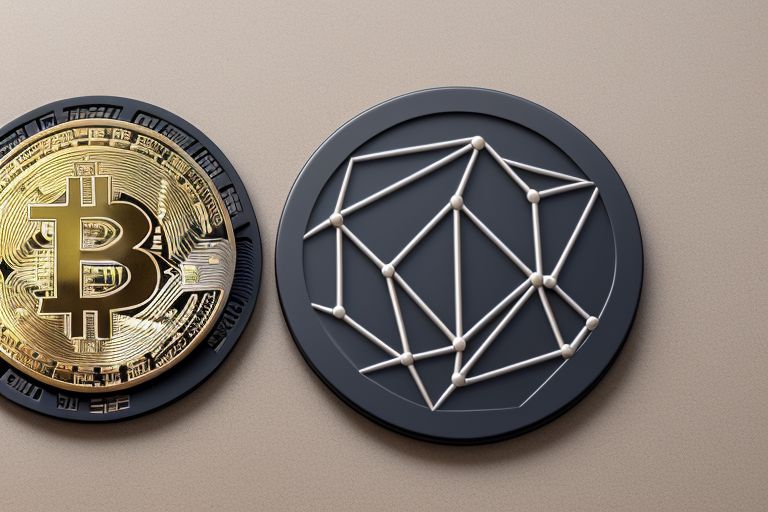Cryptocurrency markets have always been unpredictable, but few assets exemplify this volatility as vividly as meme coins. The meteoric rise of Dogecoin, from a joke to a multi-billion-dollar asset, remains one of the most astonishing financial phenomena of the 21st century. Despite lacking intrinsic utility, Dogecoin surged from $0.002 in 2020 to an all-time high of $0.74 in 2021, creating overnight millionaires and cementing its status as the face of meme-driven speculation.
Yet, the allure of meme coins extends beyond Dogecoin. Investors continue to chase “the next Dogecoin” with fervor, even when history has shown that many such tokens eventually crash. Why do rational investors, who would otherwise follow sound financial principles, engage in these speculative frenzies? As per Panda Whale, the answer lies in behavioral economics—an intersection of psychology and financial decision-making that explains why logic often takes a backseat in the crypto world.
Behavioral Economics 101: Why Logic Fails in Crypto Markets
Traditional economic theories assume that investors act rationally, making decisions based on available data to maximize profits. The Efficient Market Hypothesis (EMH) suggests that all publicly available information is reflected in asset prices, making it impossible to consistently outperform the market. However, the real world—especially in cryptocurrency—operates differently. Behavioral economics reveals that emotions and cognitive biases heavily influence decision-making.
Daniel Kahneman’s Thinking, Fast and Slow introduces the concept of two decision-making systems:
Meme coins thrive on System 1 thinking. Rather than conducting due diligence, investors often act on gut feelings, social validation, and the belief that they are getting in on the next big thing. This psychological vulnerability fuels speculative bubbles and rapid price swings.
FOMO: The Engine of Meme Coin Hype
Fear of Missing Out (FOMO) is a powerful force in speculative markets. When investors see others profiting from an asset, they feel an overwhelming urge to participate—often disregarding logical assessment. This phenomenon has played a crucial role in numerous financial bubbles, from the 17th-century Tulip Mania to Bitcoin’s 2017 surge.
In 2021, Google Trends data showed that search interest in “Dogecoin” eclipsed that of Bitcoin during its peak, proving how retail investors rushed in without fully understanding what they were buying.
A parallel can be drawn to the GameStop short squeeze, driven by the Reddit community WallStreetBets. Just as GameStop’s stock price defied conventional valuation metrics, Dogecoin’s rise was propelled by retail enthusiasm rather than fundamental value. Social media-driven momentum encouraged speculative behavior, reinforcing the illusion that meme coins were a ticket to financial freedom.
Social Proof: When the Crowd Becomes Your Financial Advisor
Social proof is another cognitive bias that influences meme coin investing. In uncertain situations, people look to others for guidance, assuming that collective actions are correct. Robert Cialdini’s principle of social proof explains why viral trends gain traction—especially in crypto markets where knowledge gaps are common.
Take TikTok challenges that promoted Dogecoin with slogans like “Dogecoin to $1.” These campaigns turned a speculative asset into a cultural movement. High-profile endorsements from celebrities such as Elon Musk and Snoop Dogg further validated the hype.
Elon Musk, in particular, has demonstrated an unparalleled ability to move markets. His tweet, “Dogecoin is the people’s crypto,” triggered a 20% surge in DOGE’s price. With a single meme or cryptic statement, Musk has created (and erased) billions of dollars in market value. Investors, conditioned to react to these tweets, often overlook the fundamental risks of meme coins, treating speculation as entertainment rather than financial strategy.
The Role of Humor and Community
Meme coins don’t just attract investors—they cultivate dedicated communities. Dogecoin’s Shiba Inu mascot symbolizes internet culture, making it more accessible than complex blockchain projects like Ethereum. The humor surrounding meme coins lowers psychological barriers to entry, making people feel they are part of a fun movement rather than a high-stakes financial gamble.
Crypto tribalism further strengthens these bonds. Being part of the “Shib Army” or another meme coin community reinforces loyalty, even when logic dictates otherwise. Investors hold onto assets not just for potential profit, but for a sense of identity, validation, and belonging.
Case Study: The Rise and Fall of “The Next Dogecoin”
Shiba Inu (SHIB): From Joke to $40 Billion Market Cap
Shiba Inu (SHIB) launched in August 2020 as a self-proclaimed “Dogecoin killer.” Few took it seriously—until it skyrocketed in value in 2021, reaching a $40 billion market cap. A combination of Musk’s tweets, social media momentum, and major exchange listings fueled its rise.
Yet, like many meme coins, SHIB’s rally wasn’t sustainable. Within months, its price plunged by 80%, underscoring the speculative nature of meme coins and the risks of chasing the next big thing.
Lessons from Failed Meme Coins
Not all meme coins enjoy Dogecoin or SHIB’s longevity. Many, like the Squid Game token, were outright scams (rug pulls), where developers vanished with investors’ funds. Others, such as SafeMoon, promised revolutionary tokenomics but ultimately failed to deliver. These examples serve as cautionary tales of how hype alone doesn’t guarantee long-term success.
The Risks: Why Chasing Meme Coins Rarely Pays Off
How to Avoid the Meme Coin Trap: A Rational Investor’s Guide
While meme coins can offer short-term gains, they come with significant risks. To avoid falling into speculative traps:
Conclusion: The Future of Meme Coins
Meme coins have reshaped the cryptocurrency landscape, proving that financial markets are not driven purely by logic but also by psychology and culture. Dogecoin’s legacy as the first mainstream meme coin is undeniable, but the endless pursuit of “the next Dogecoin” is a high-risk game.
While the thrill of meme coins will likely persist, investors must recognize the dangers of speculative mania. As per Panda Whale, understanding behavioral economics is key to making rational investment choices in an irrational market. Ultimately, meme coins are more about entertainment and community than sound financial planning—and those who recognize this distinction will be better equipped to navigate the ever-changing world of crypto.













 Bitcoin
Bitcoin  Ethereum
Ethereum  Tether
Tether  XRP
XRP  USDC
USDC  Lido Staked Ether
Lido Staked Ether  TRON
TRON  Cardano
Cardano  Avalanche
Avalanche  Toncoin
Toncoin  Wrapped SOL
Wrapped SOL